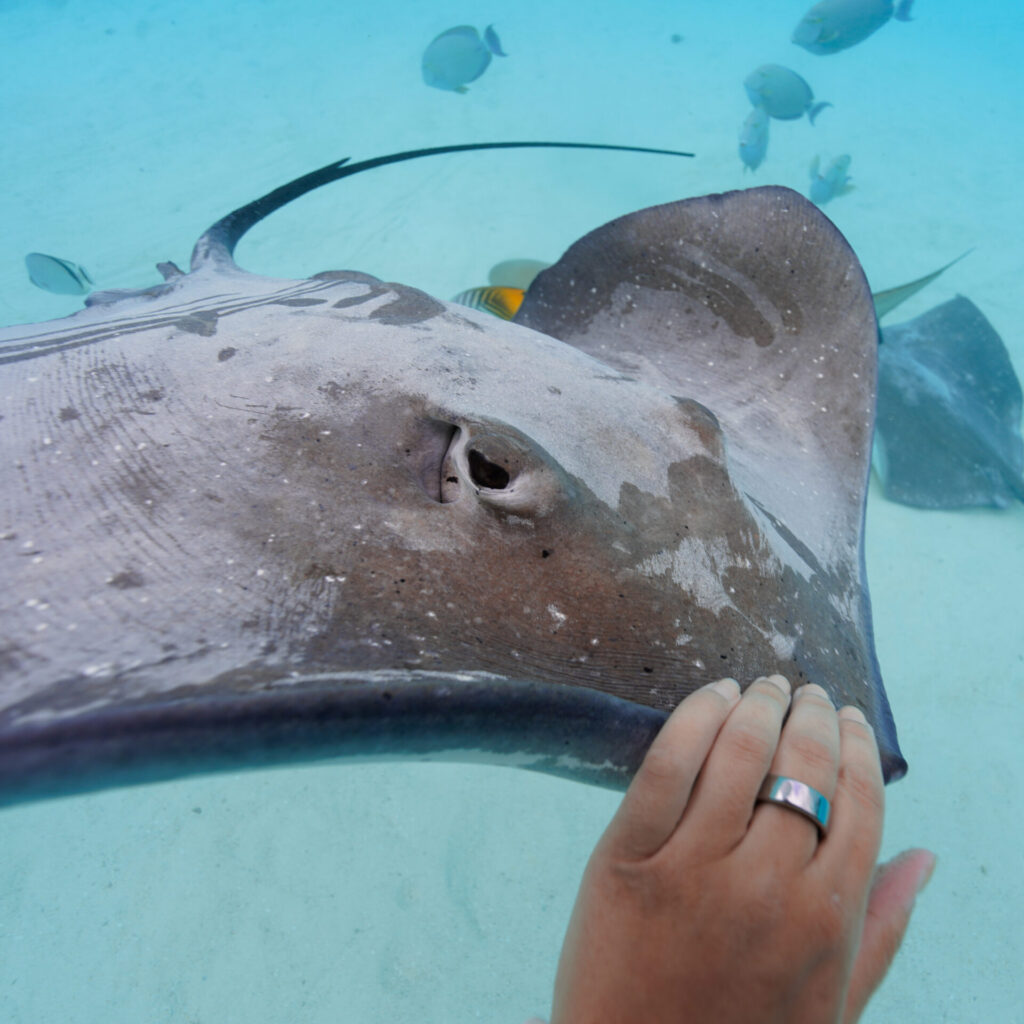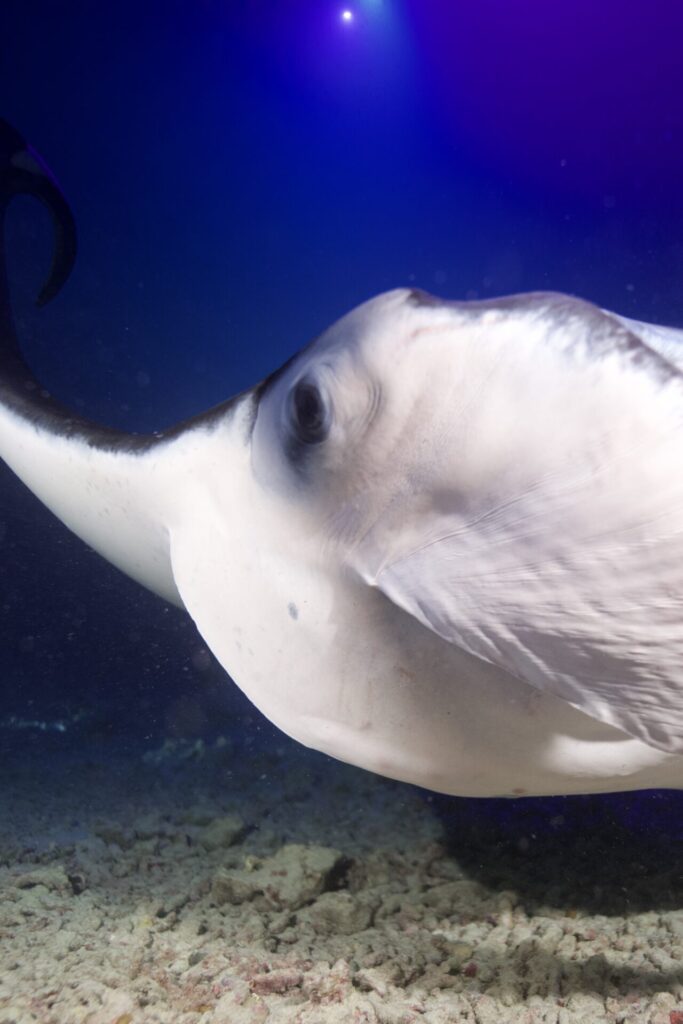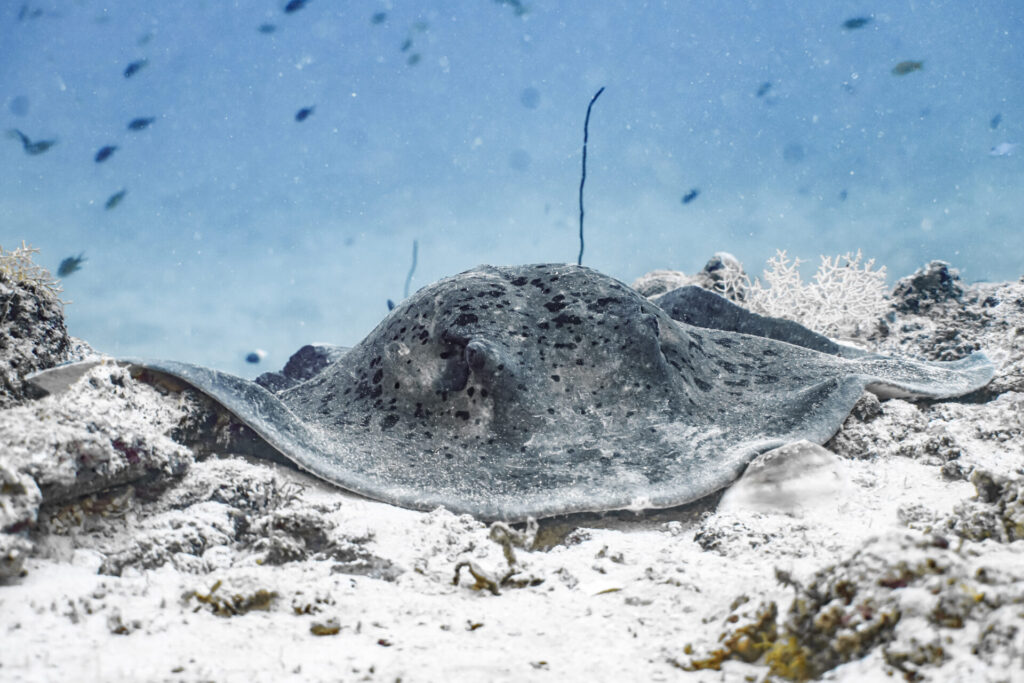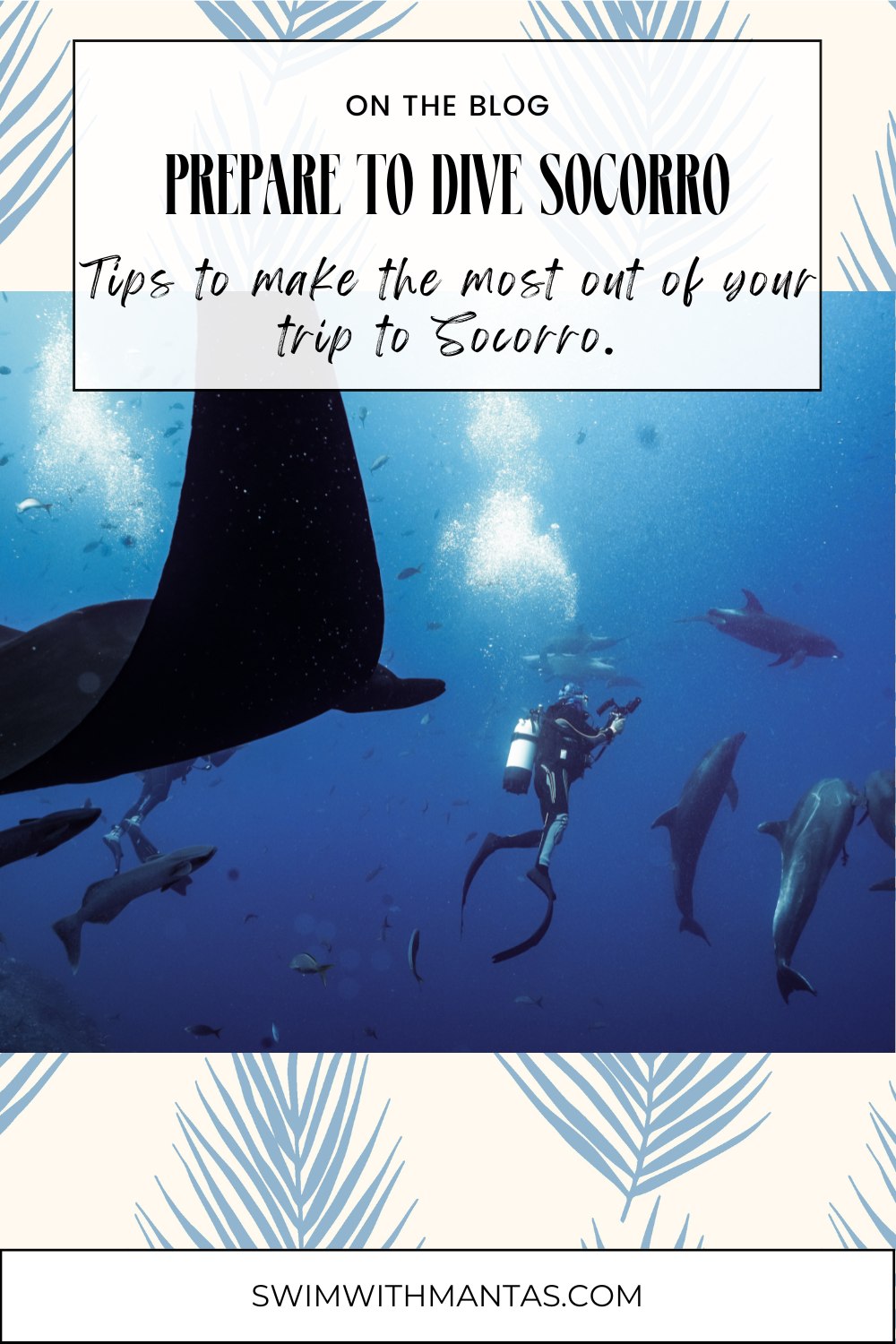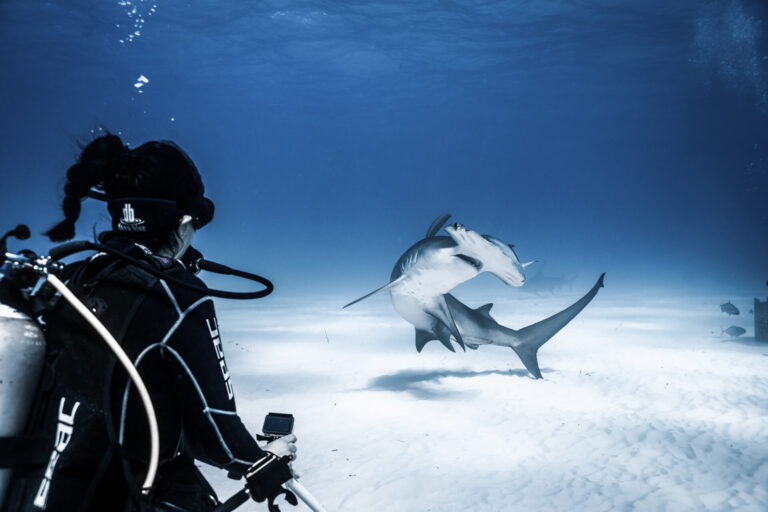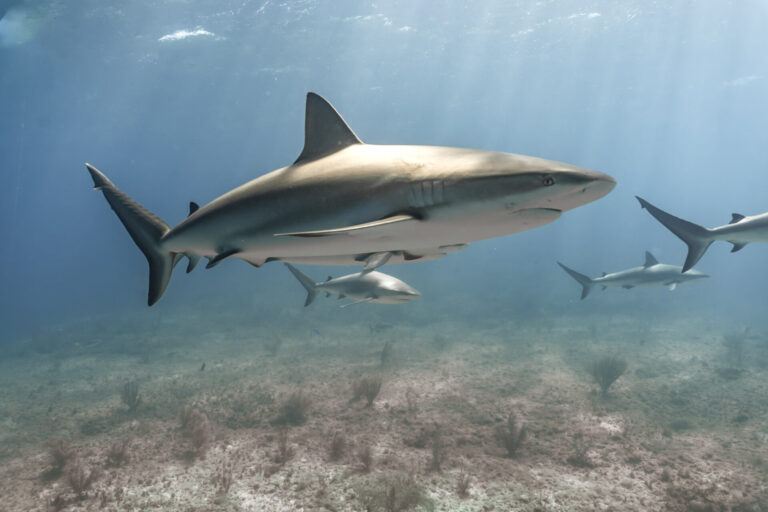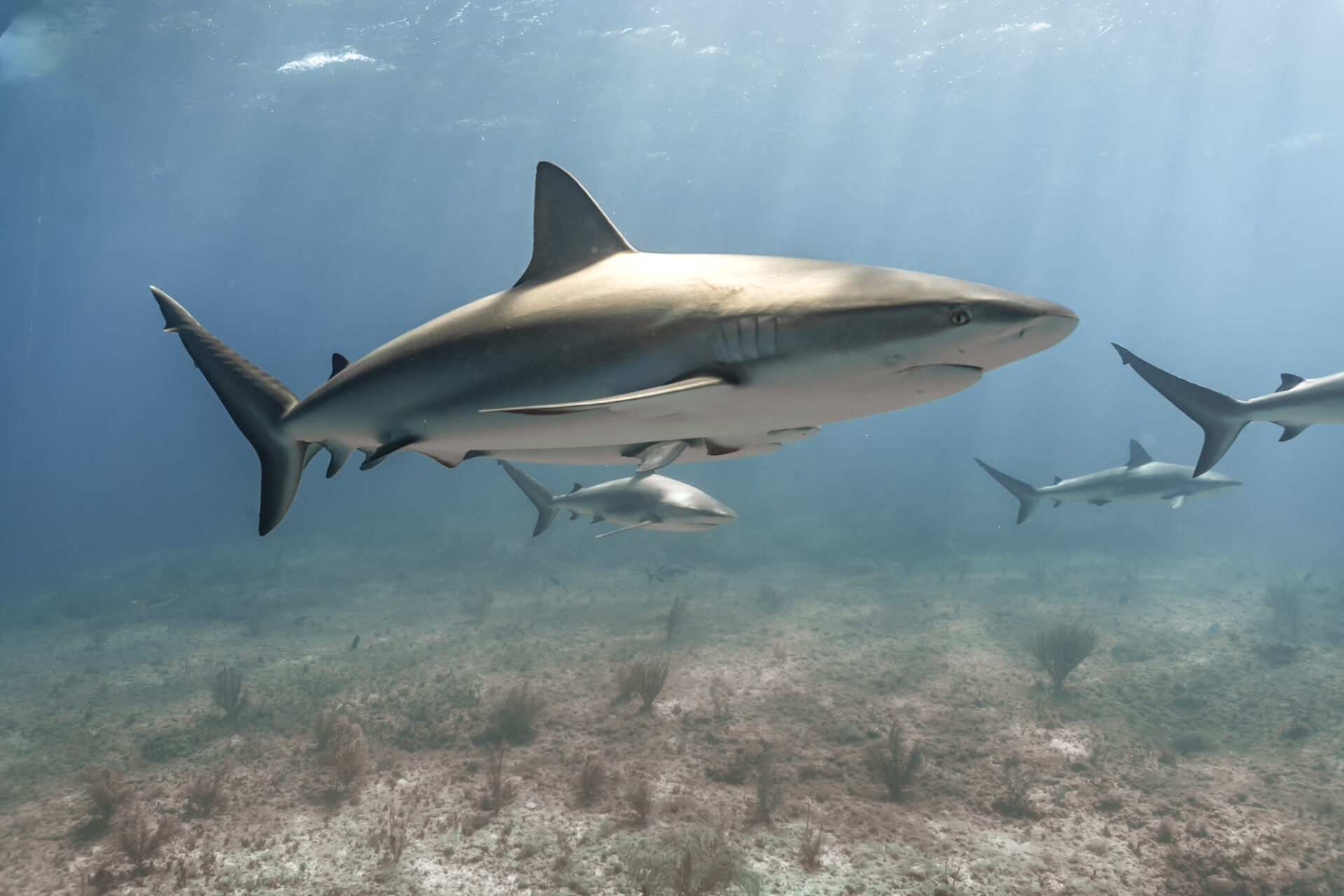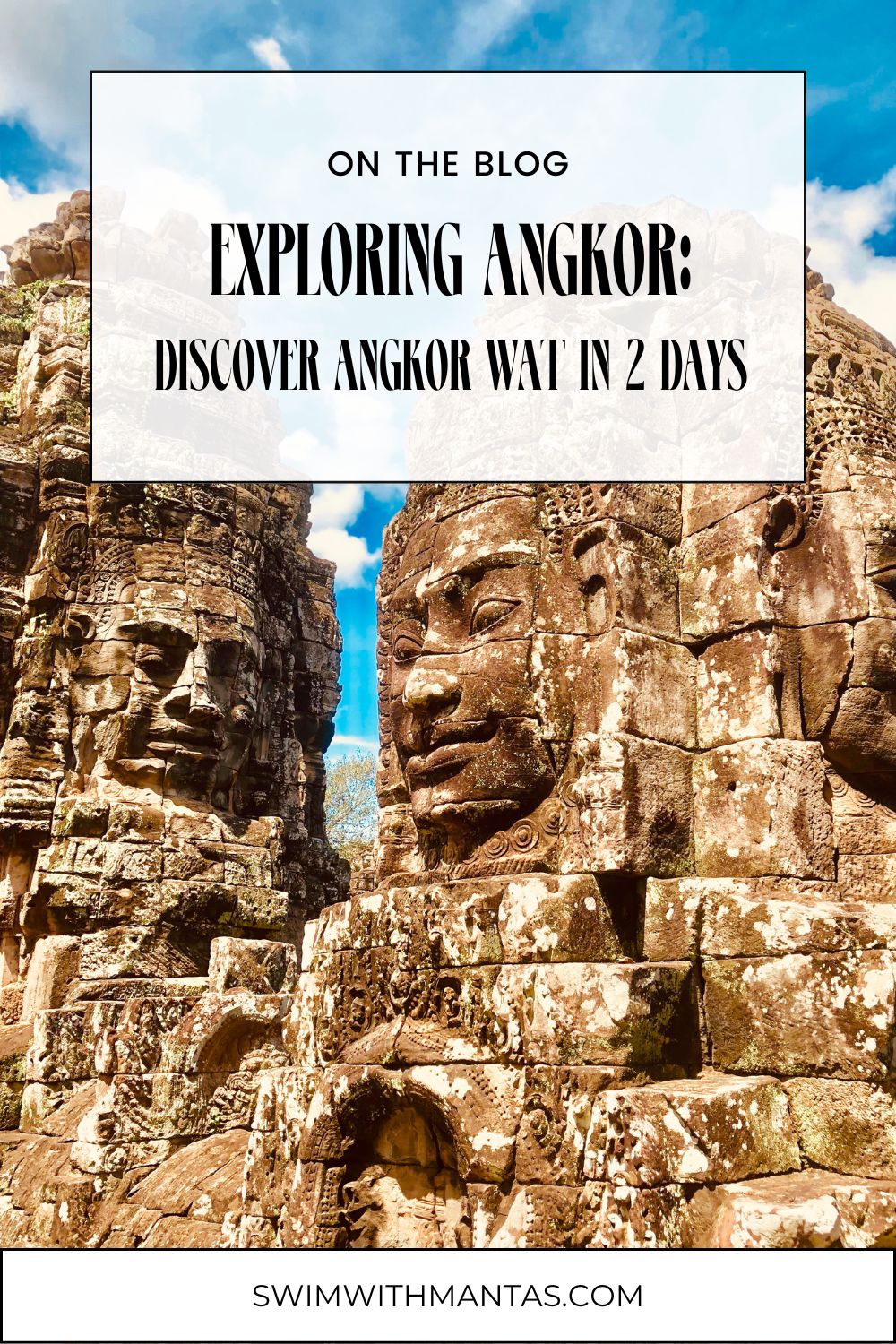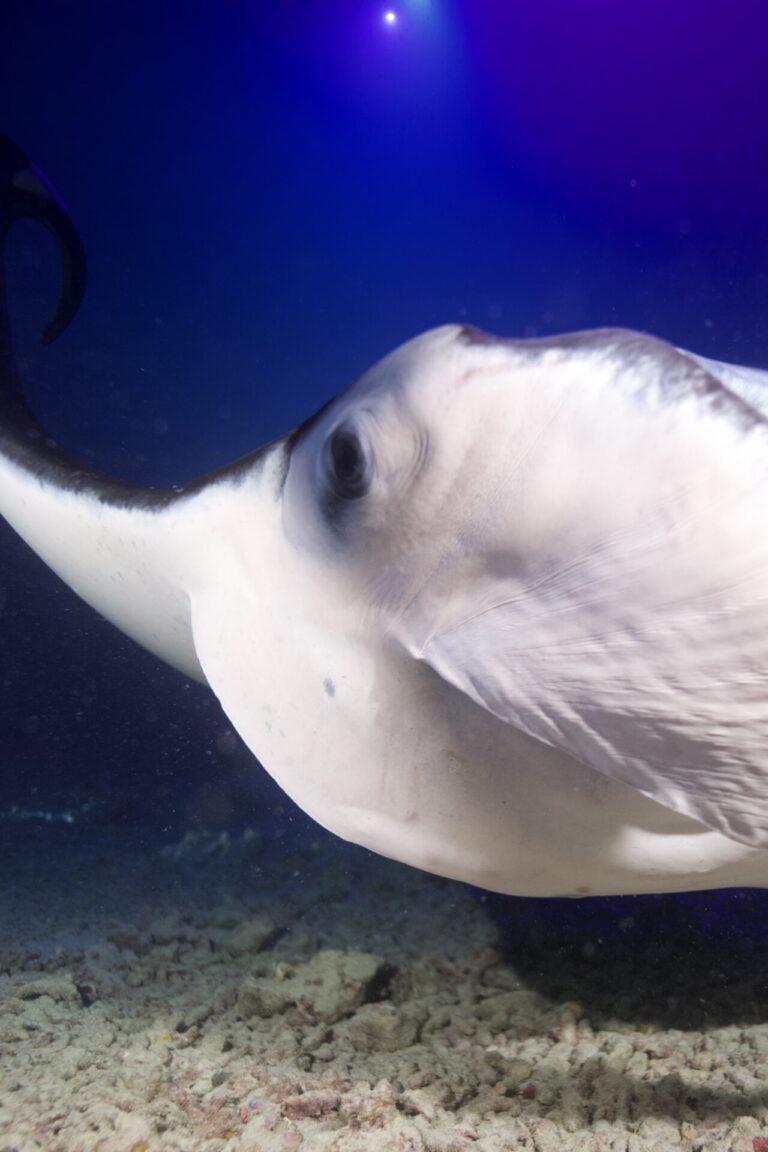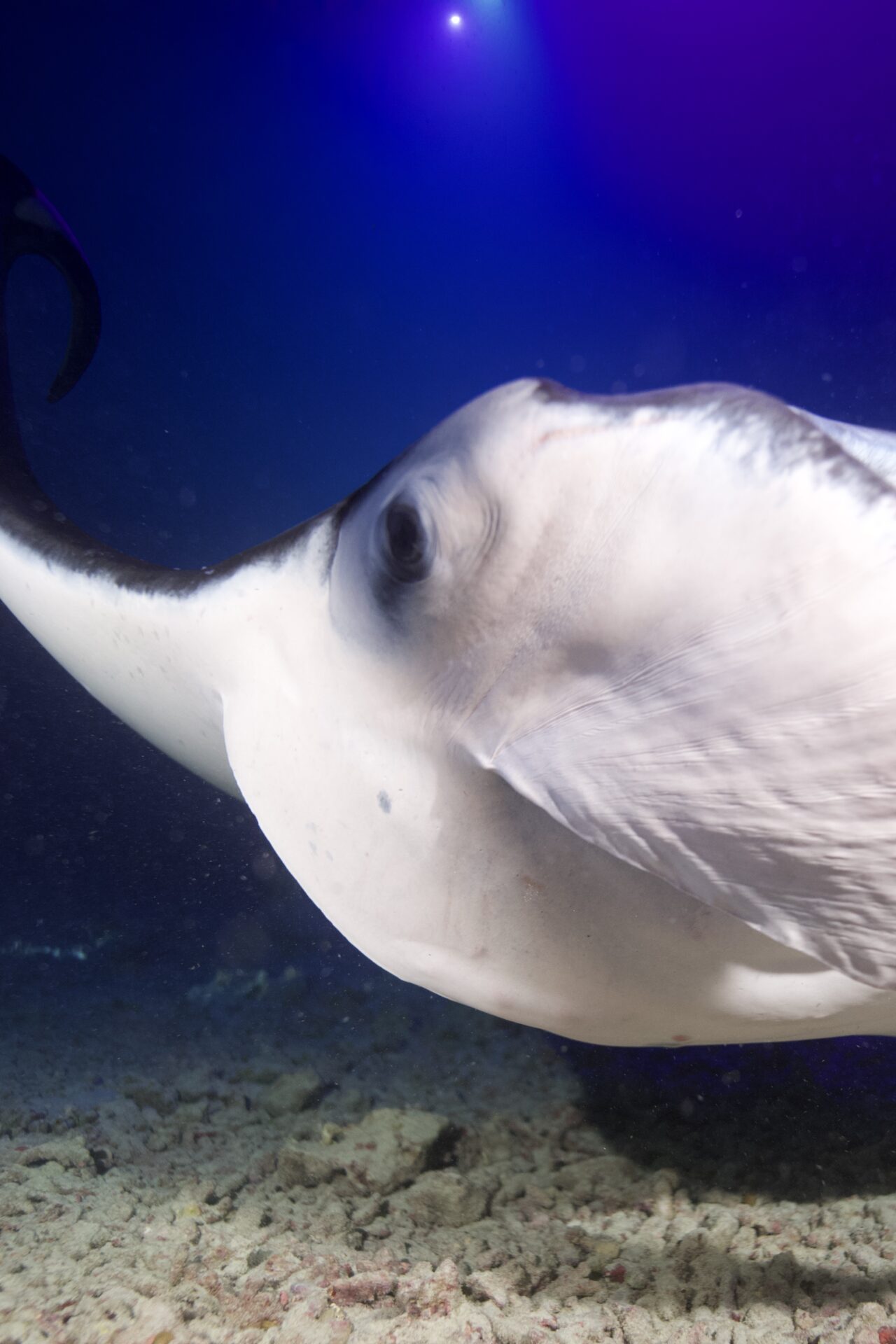Manta Rays vs Sting rays: Understanding the Differences
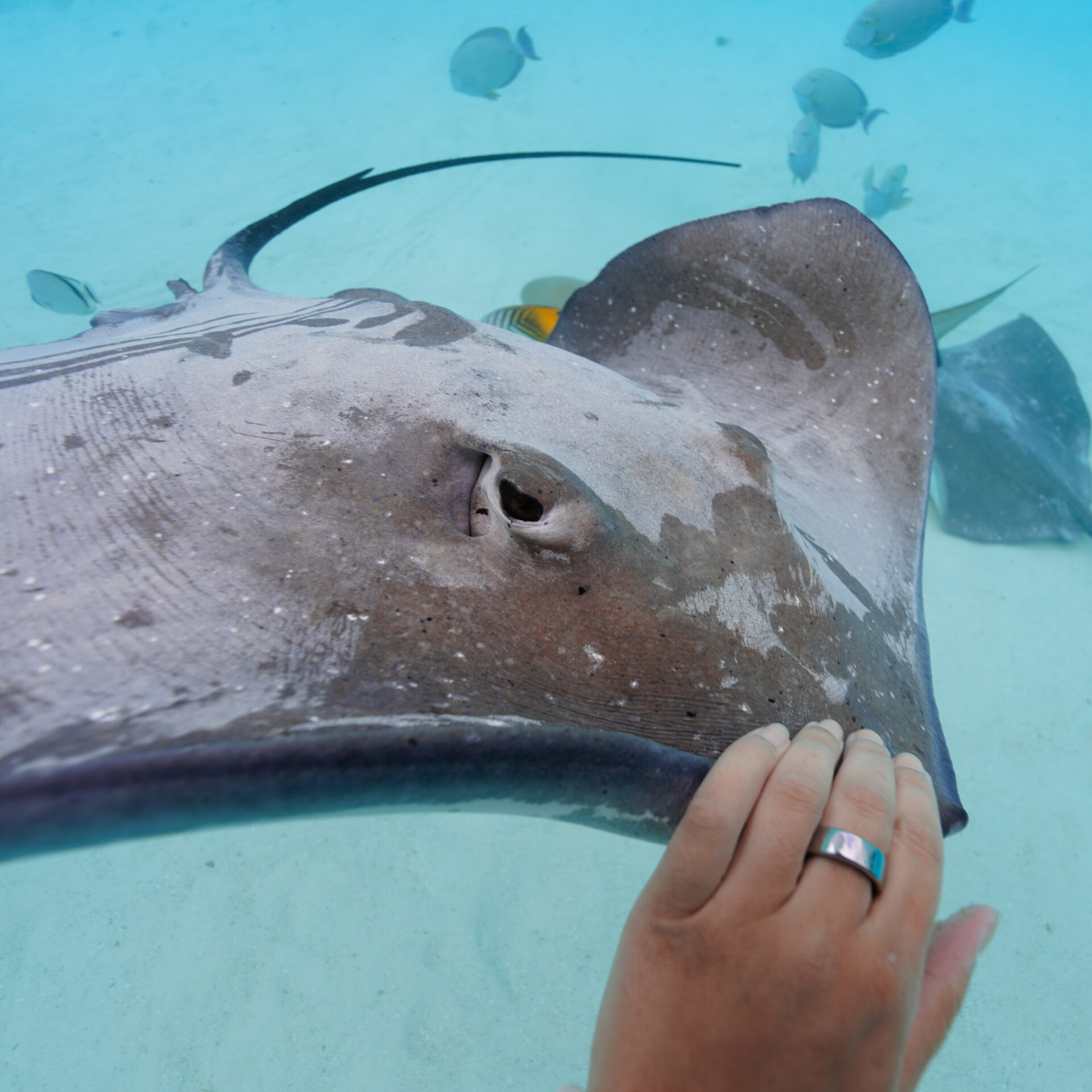
Manta Rays vs Sting rays: Understanding the Differences
Manta Rays vs. Sting Rays: how to tell them a part and photograph them. Despite the fact that both animals are rays, manta rays and sting rays are quite distinct species with unique behaviors, anatomy, and habitats. Here’s some information about what differentiates manta rays from sting rays and different considerations when photographing them.
Manta Ray vs. Sting Ray Anatomy: How to Tell Them Apart
While manta rays and stingrays share a flat, disc-like body shape, their physical differences are striking once you know what to look for.
Manta Rays
• Size: Manta rays are significantly larger, with wingspans ranging from 9 to 23 feet.
• Tail: They have long, slender tails without a stinger, making them harmless to humans.
• Mouth Placement: Their mouths are located at the front of their bodies, perfect for filter-feeding.
• Cephalic Fins: Mantas have two horn-like fins near their mouths, which help funnel plankton as they feed.
Stingrays
• Size: Stingrays are generally much smaller, although some species can reach up to 6 feet in width.
• Tail: Their tails are equipped with venomous barbs, which they use for self-defense.
• Mouth Placement: Stingrays have mouths on the underside of their bodies, designed for bottom-feeding.
• Shape: Stingrays tend to have a more oval or kite-shaped body compared to the triangular shape of manta rays.
Behavior and Feeding
Manta rays and stingrays have vastly different diets and feeding methods, which also influence their behavior.
Manta Rays
• Diet: Mantas are filter feeders, consuming plankton and small fish by swimming with their mouths open.
• Movement: Known for their graceful swimming, mantas often “fly” through the water with slow, deliberate movements.
Stingrays
• Diet: Stingrays feed on small crustaceans and mollusks, which they hunt on the ocean floor.
• Movement: Stingrays are bottom-dwellers, gliding close to the seabed and burying themselves in the sand to hide from predators.
Manta Ray vs. Sting Ray Photography Tips
Photographing manta rays vs. sting rays will have some important considerations.
• Manta Rays: I detail manta ray photography here, but in general, you see manta rays at cleaning stations or feeding on plankton. They can’t hurt you, so the dives (or snorkels) tend to be less stressful.
• Stingrays: Stingrays are carnivores, so places known for sting ray snorkeling (think the cayman islands or honeymoon harbor in Bimini) generally feed the sting rays. You hold the squid between your fingers and the sting rays swim over your hand and slurp up the food. This also means that the sting rays are eager to greet you. Sting rays are generally not aggressive but can sting if they feel threatened. Even though I’ve never seen someone get stung at these popular spots (as opposed to off the coast of Southern California where you must do the sting ray shuffle while entering the water in order to avoid getting stung). I wear by neoprene booties because it makes me feel more comfortable being in the water with them (even if the risk of getting stung is minimal). I also bring a few lbs of weight to hold myself under water to photograph them.
You can also see sting rays while scuba diving lying on the bottom of the water. It can be fun to take a shot directly above. I also like to get down on the sand and take a photo from the front. Remember to always approach rays with caution and to be aware that you may scare it away, so let other non-photographing divers get a view.

